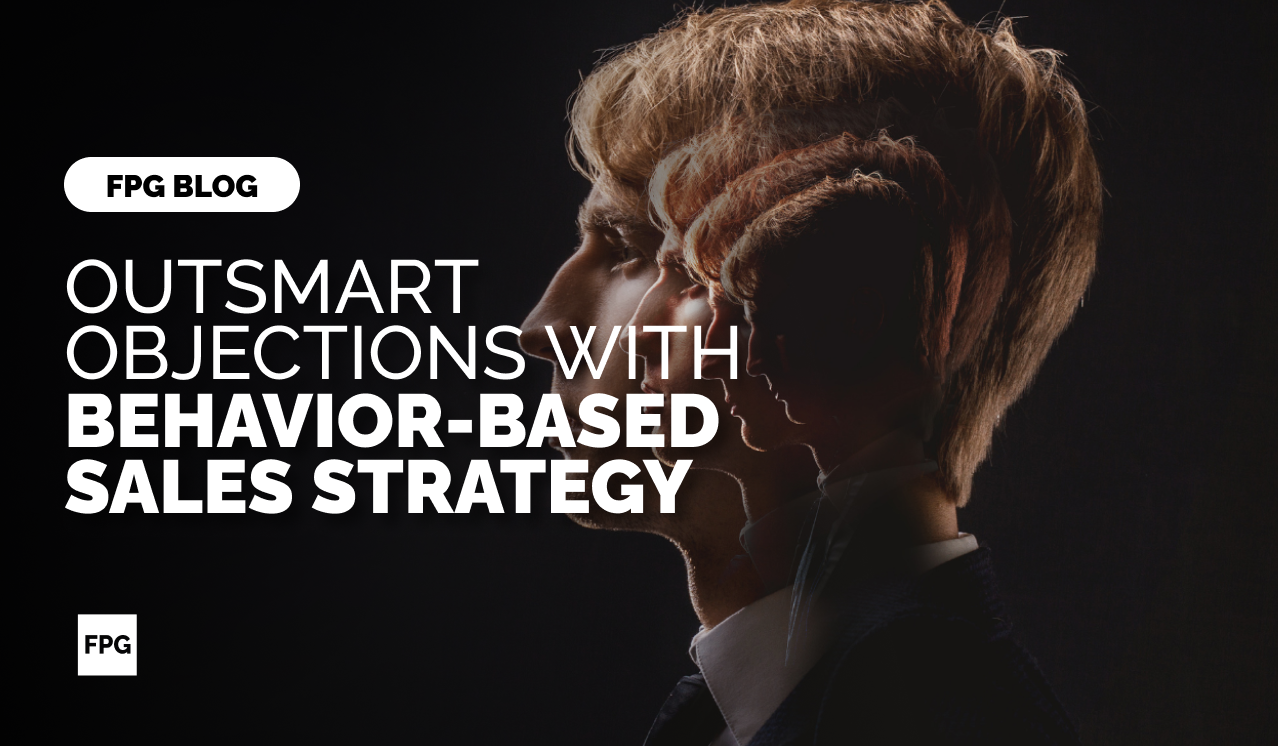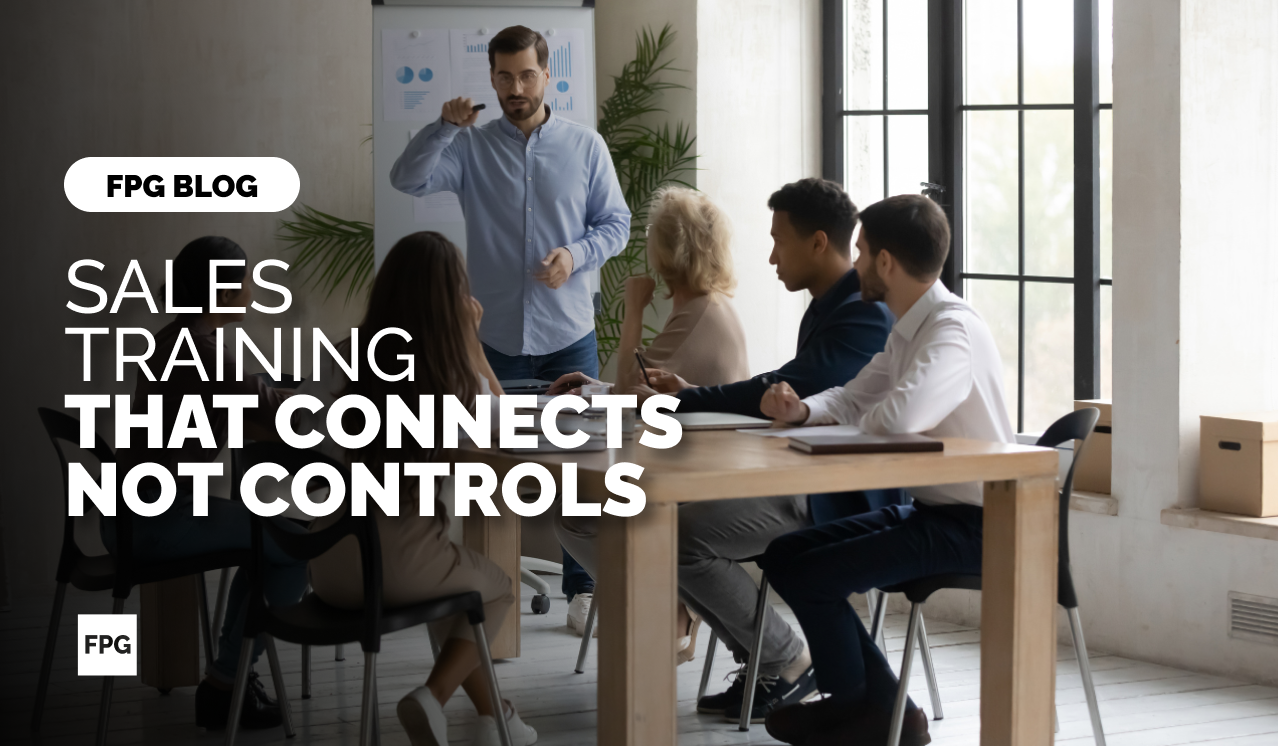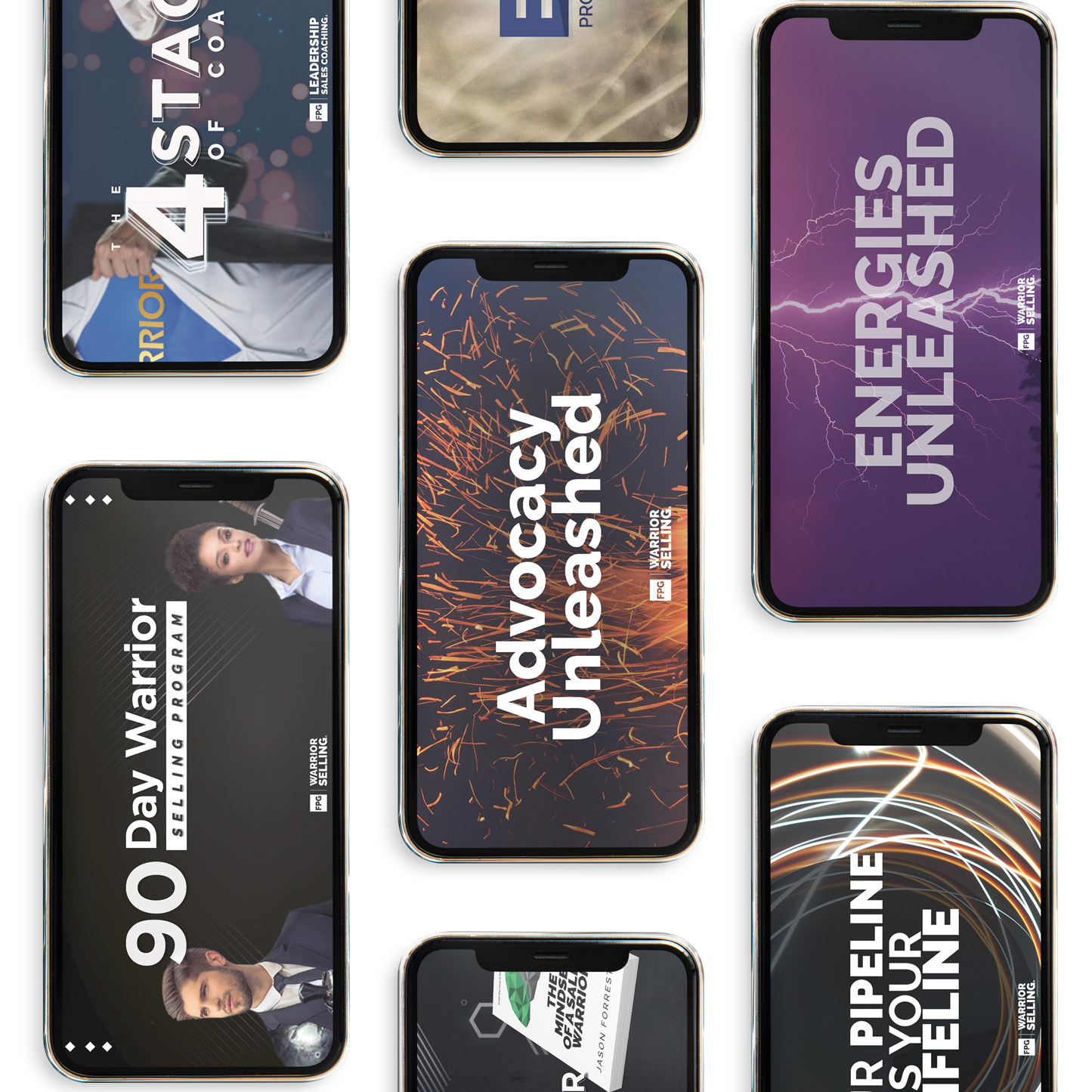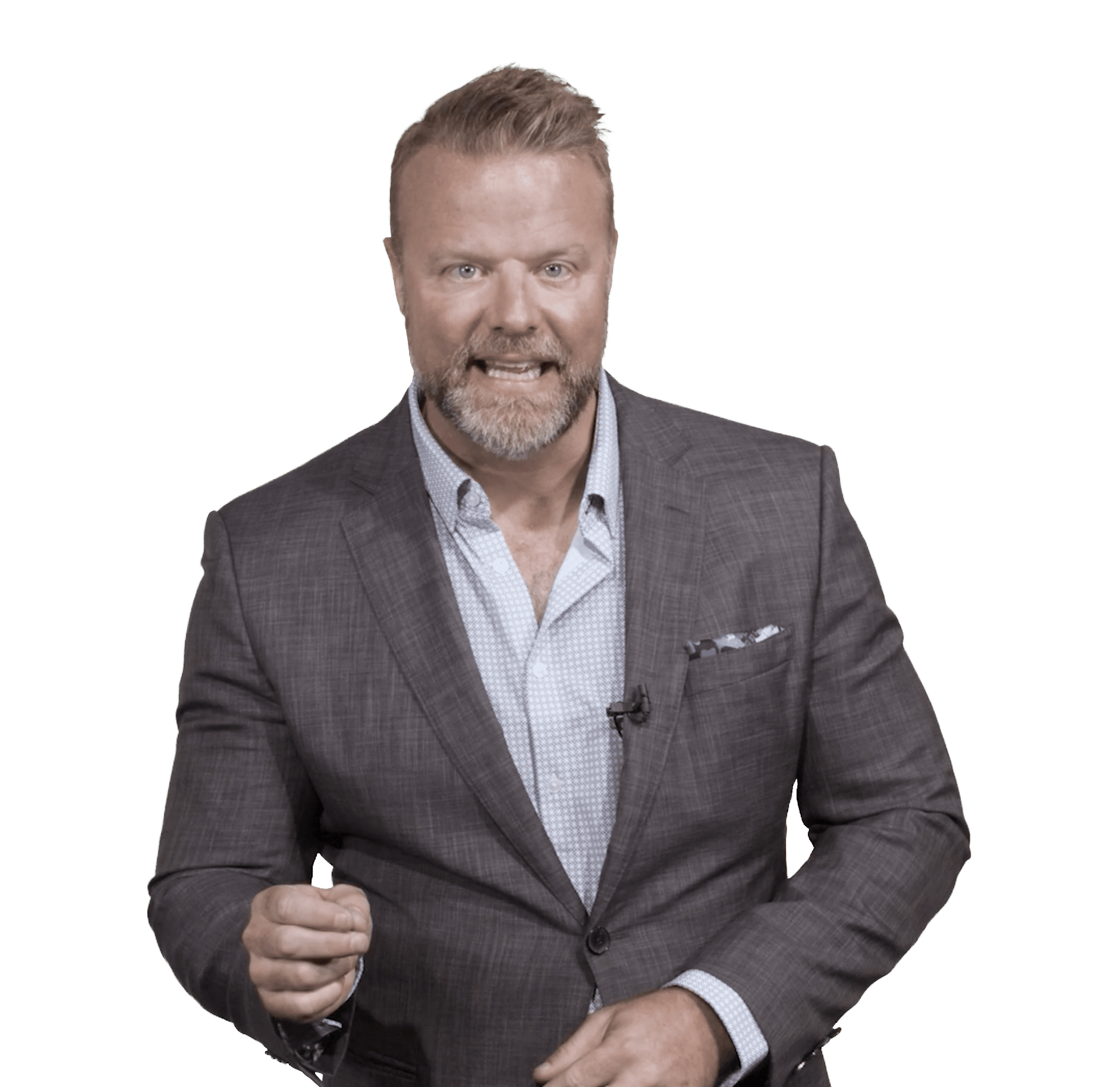Elite sales professionals don’t “handle” objections—they eliminate them before they happen. That’s not a motivational tagline. It’s a tactical, repeatable truth backed by psychology and real-world experience. If you’re still relying on objection handling as a reactive tactic, you’re losing deals you should be closing. You’re giving up control. You’re playing by the buyer’s frame instead of setting your own.
Traditional sales techniques taught us to wait for the objection, respond with a clever rebuttal, and try to “win” the conversation. That’s dead. Top-level closers don’t win by overpowering objections—they win by making objections irrelevant from the start. They understand one critical truth: every objection is a symptom of uncertainty. Eliminate the uncertainty, and the objection disappears.
If you’re a sales executive, sales trainer, or high-stakes closer, this article will disrupt the way you think about objections—and give you real psychological tools to dissolve resistance before it even surfaces. It’s not about tricks. It’s about control, perception, and influence. And once you learn how to use them, you’ll start closing faster, more consistently, and with zero pushback.
Why Traditional Objection Handling Fails
Let’s be blunt: most sales teams are trained to handle objections after they’ve already lost control of the conversation. They wait for friction, then attempt to smooth it out. This is like trying to repair an airplane engine mid-flight. You might patch it. But you’re operating in crisis mode. You’re reacting instead of leading.
The traditional objection-handling model fails for three reasons:
1. It positions the buyer as the skeptic and the rep as the persuader. That dynamic automatically creates tension. The more you try to convince, the more the buyer resists.
2. It treats objections as individual problems instead of predictable patterns. If every buyer is “thinking about it,” that’s not a buyer problem—it’s a messaging problem.
3. It focuses on logic instead of psychology. Objections are emotional. They’re not solved by better charts, data, or talk tracks. They’re solved by shifting beliefs.
Top performers don’t wait for objections—they neutralize them through psychological framing and preemptive influence. They understand the mental triggers that cause resistance and rewire the conversation to eliminate those triggers in advance.

FREE DOWNLOAD: Discover How to Sell More Homes to 55+ Buyers – Without Pressure or Objections
The Psychology of Framing and Why It Matters
Framing is the most underrated tool in a salesperson’s arsenal. It’s not about what you say. It’s about how the buyer experiences what you say. And that’s dictated by the frame you set. Think of framing as the lens through which your buyer interprets the value of your offer. You can present the exact same solution in two different frames—and get two completely different responses.
When a buyer enters a conversation with a price frame, everything sounds expensive. When they’re in a risk frame, everything feels dangerous. But when you create a results frame, objections vanish. The buyer stops thinking about cost and starts thinking about outcomes. They stop worrying about change and start envisioning success. That’s framing.
Elite closers take control of the frame from the first five minutes of the conversation. They define the problem, the stakes, the criteria for success, and the cost of inaction—before the buyer gets the chance to project their own fears.
Framing isn’t manipulation. It’s leadership. And if you don’t lead the frame, the buyer will—usually toward uncertainty.
Advanced Techniques to Eliminate Objections Before They Surface
To eliminate objections, you have to install certainty where doubt usually lives. That means removing the psychological triggers that cause hesitation. Here are four advanced techniques that elite salespeople use to rewire buyer psychology before objections arise:
Presuppositions
Presuppositions are embedded assumptions in your language that imply the buyer is already moving forward. They don’t force a decision. They assume one. This bypasses the part of the brain responsible for skepticism and introduces subconscious certainty.
Examples:
- “When you start seeing the ROI in month one…”
- “Once your team is onboarded, we’ll track initial momentum here…”
- “As you scale this system across departments…”
Why it works: Presuppositions anchor the buyer’s thinking in a post-decision reality. Objections about commitment, timing, or hesitation get replaced by anticipation.
Social Proof Framing
Buyers fear being wrong. But if others like them made the same decision, that fear disappears. Social proof reframes risk as validation. And the more specific and relevant the example, the more powerful the effect.
Examples:
- “We just helped a company your size increase close rate by 27%—they had the same concerns at first.”
- “Most of our current clients initially thought timing was the issue. Here’s what changed their mind…”
Why it works: Buyers relate to buyers. The moment they see themselves in your success story, their fear becomes faith.
Scarcity Framing
Scarcity creates urgency. But here’s the key: it must be real and specific. Artificial urgency is easy to detect and backfires. Ethical scarcity is tied to availability, relevance, or timing.
Examples:
- “We’re only accepting three more clients this quarter so we can keep our full integration support model.”
- “This program only applies to companies in this growth phase—once you scale beyond it, it’s no longer a fit.”
Why it works: Scarcity increases perceived value. It subtly tells the buyer, you need this now—or you’ll miss it.

Binding Questions and Future Pacing
Binding questions are emotionally anchoring questions that connect the buyer’s current state with the future outcome your solution creates. They guide the buyer to sell themselves before you ever ask for the close.
Examples:
- “If your team increased conversion by 15% over the next 60 days, what would that mean for your quarterly goals?”
- “What would your day-to-day look like if you weren’t chasing your team for updates anymore?”
Then future pacing locks that vision in place:
- “Imagine yourself 90 days into this program, and your team is finally hitting numbers without constant oversight—what shifts for you as a leader?”
Why it works: The brain can’t distinguish vividly imagined futures from real ones. When buyers mentally step into their desired future, it’s incredibly hard to return to indecision.
How High-Performers Eliminate Objections in Real Life
Let’s look at how these tactics are used by top closers across different industries. These are real-world applications of advanced psychology at work.
Tech Sales Leader (B2B SaaS)
During the discovery call, this rep reframes the evaluation process: “Our best clients aren’t shopping—they’re selecting. They already know the problem. They’re just looking for the fastest path to results. Is that where you are right now?”
Impact: This shifts the buyer from comparison mode to commitment mode. The typical “we’re looking at other options” objection never surfaces.
High-Ticket Sales Closer (Coaching/Consulting)
Instead of waiting for price pushback, she leads with value framing: “Most clients say this program pays for itself by month two—so the real question becomes how quickly you want to start seeing that impact.”
Impact: The conversation shifts from “Can I afford this?” to “Can I afford to wait?”
New Home Sales Pro Trained by FPG
Facing buyers nervous about timing, he preemptively reframes with scarcity: “Most of our buyers understand these homes aren’t for people who want fast—they’re for people who want it done right. That’s why they wait.”
Impact: Objections about build timelines disappear. The wait becomes a badge of exclusivity.

FREE DOWNLOAD: Discover How to Sell More Homes to 55+ Buyers – Without Pressure or Objections
Sales is not about information. It’s about influence. You can have the best solution on the market—but if you allow the buyer to stay stuck in the wrong frame, they’ll walk away full of objections that never had to exist.
The best closers don’t handle objections. They preempt them.
They don’t fight resistance. They remove it.
They don’t chase decisions. They engineer commitment.
This is advanced selling. This is behavioral-based psychology. This is the FPG way.
If you’re ready to train your team to eliminate objections and dominate conversations, it starts with our behavior-based sales methodology. It’s time to stop reacting—and start framing.
Explore our elite sales training programs or schedule your strategy session with FPG now.
Forrest = Freedom
At FPG We’ll Recruit, Coach, And Train Your Sales Team Like They’re Our Own
Gain a competitive edge with FPG’s expert solutions in Sales Training, and Sales Management Training. Experience rigorous candidate screening, process-driven training that resonates, and transformative leadership that drives significant revenue increases. Give yourself an advantage and start your journey to higher sales and unparalleled success with FPG. Reach out to us today!
Ready to revolutionize your sales team?
Elevate your recruitment, training, and leadership with our expert guidance. Say goodbye to stagnant sales and hello to unprecedented success! Book a Meeting today and take the first step towards dominating your market!










